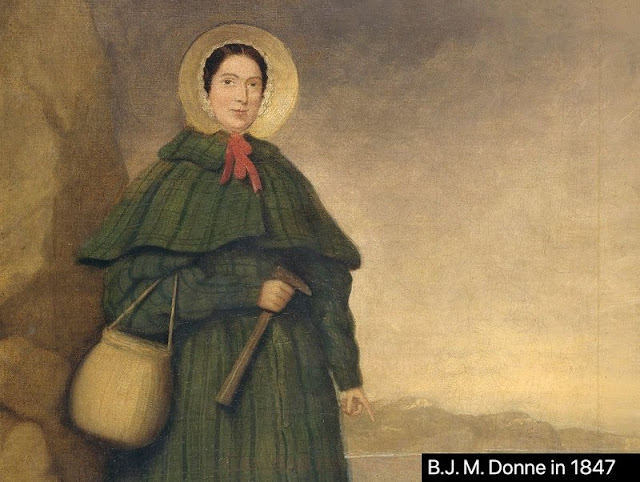LESSON PLAN FOR ENGLISH TEACHERSMARY ANNING
Sep. 13, 2021
Level: Pre-Intermediate (A2-B1)
Type of English: General English
Tags: Celebrities and Historical Figures; Science and Technology; Society and Change; Animals; Historical Events; Vocabulary and Grammar
Publication date: 09/13/2021
In this audio-based worksheet, students will learn about the life of fossil collector Mary Anning and how she contributed to our understanding of prehistory. The lesson focuses on vocabulary, listening comprehension, and speaking, and students are introduced to the difference in meaning between a little/a few and little/few. There is also an optional extension pronunciation activity featuring a famous tongue twister. (by Stephanie Hirschman)
- CLICK HERE to download the student’s worksheet in American English.
- CLICK HERE to download the teacher’s lesson plan in American English.
- CLICK HERE to download the student’s worksheet in British English.
- CLICK HERE to download the teacher’s lesson plan in British English.
- CLICK HERE to download/listen to the audio in American English.
- CLICK HERE to download/listen to the audio in British English.
AUDIO TRANSCRIPT
Historian: Mary Anning was born in Lyme Regis on the southern coast of England in 1799. Her family was very poor. Mary received little education - she learned how to read and write at home and at church.
Mary’s father Richard made furniture, but he also earned a little money by collecting fossils on the beach. The coast around Lyme Regis had many fossils. People didn’t understand how old these were, but they wanted to buy the “interesting rocks” that Richard found.
At that time, few people were traveling to Europe because of war, so there were many rich visitors to Lyme Regis. The fossils made good souvenirs of their visit. Richard died in 1810, and his family continued his fossil business. In 1811, Mary’s brother Joseph found the skull of a strange animal on the beach.
Twelve-year-old Mary found the rest of the body. At 17 feet long, it took months to remove it from the rock. Scientists were very interested in this animal. It was a swimming reptile from 200 million years ago, and they call it an ichthyosaur.
Mary discovered more large fossils. In 1823 she uncovered the complete skeleton of a plesiosaur, and in 1828 she found a dimorphodon.
Scientists came to Lyme Regis to buy Mary’s fossils so they could study these strange animals. Although a few of them thought that the fossils were fake, others realized that they were millions of years old.
Mary was more than a fossil collector. She taught herself geology and anatomy and made notes of her work. However, she received no credit.
Finally, in 1838, the British Association for the Advancement of Science gave her some money to carry on her work. However, Anning was ill and found it hard to visit the beach. She died in 1847.
Adapted from: https://www.linguahouse.com/esl-lesson-plans/general-english/mary-anning. Accessed on July 25, 2024. © 2008–2024 LinguaHouse.com. All rights reserved.





No comments:
Post a Comment